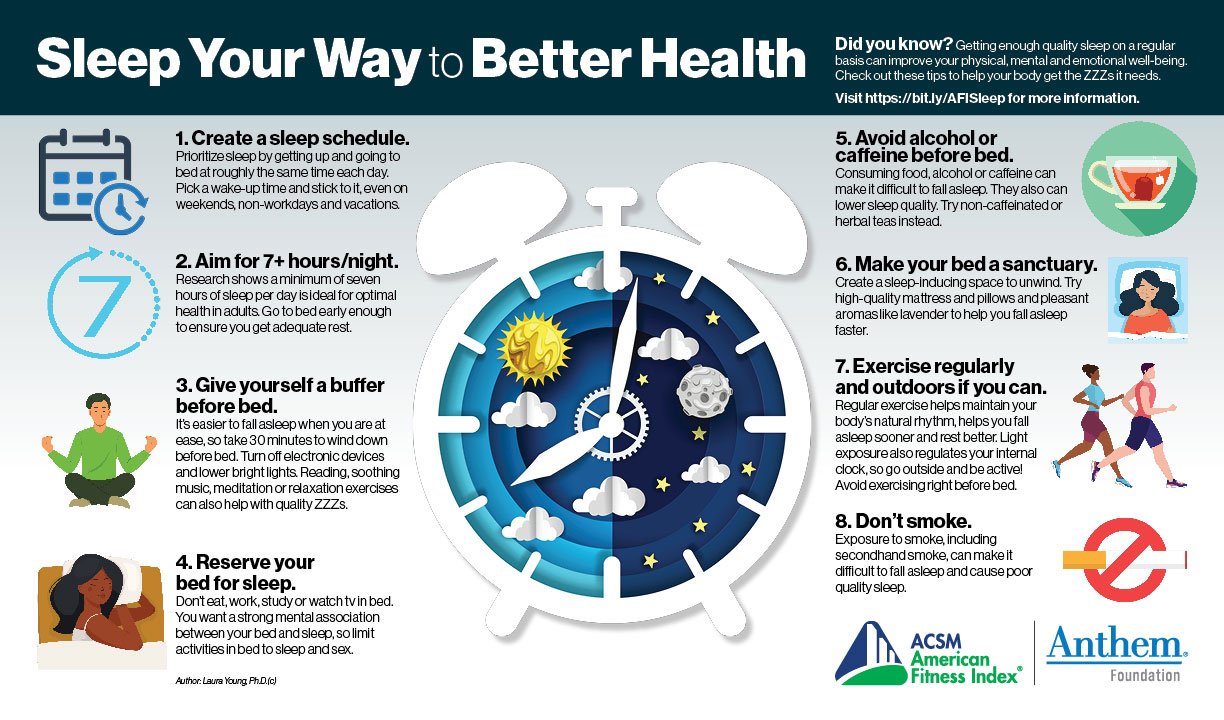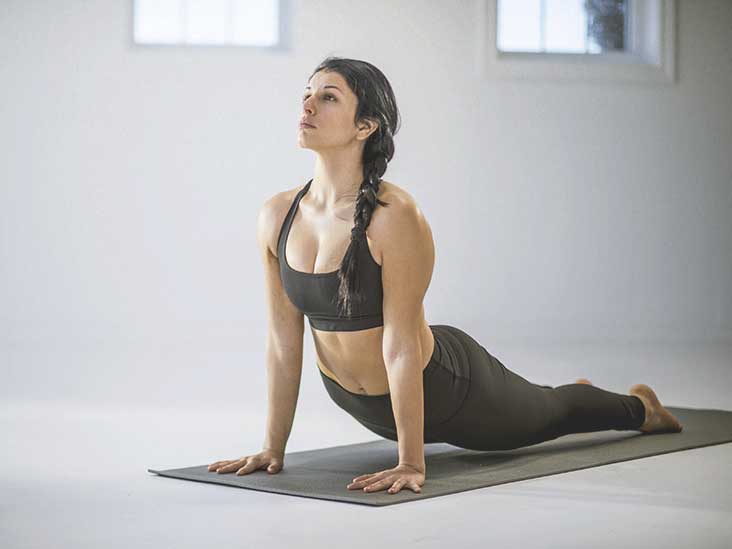
Yoga's warm-up poses vary from one practitioner to the next. The common yoga pose for children is the child pose. This pose promotes blood circulation, and helps relieve stress. The standing quad stretch and the cat/cow stretch are other yoga poses. These poses help you prepare for your yoga session and help you relax after a long day at work.
Cobra Pose
Cobra Pose is one of the most effective yoga warm-up poses. It will make your body flexible and flexible. This is a reclining back-bending yoga pose that can be performed in the Surya Namaskar cycle. It can be used as an alternative to Urdhva Mukha Svanasana.
To perform Cobra Pose properly, you must align your body properly. Your body should bend at your hips. Your legs should extend to hip width. Your hands should be under your shoulder blades. Next, raise your head and upper body by extending your hands.
Hero Pose
Warm up poses for yoga begin by stretching out your arms and reaching toward the floor. Your elbows should be bent at the elbows and your shoulders open. Repeat this several times. While in this position, you should be able touch your knees, toes and shins.

The purpose of yoga warm up poses is to prepare your body for the rest of the session. They can be used to strengthen your core and spine, and help you focus.
Cat/cow stretch
A cat/cow stretch will open your spine without making it uncomfortable or tense. This requires that the practitioner bend their knees at the knees and keep their shoulders down while maintaining a neutral spinal alignment. The spine should point from the crown on the head to where the tailbone is. In this yoga warm-up, the practitioner should begin in tabletop pose, and then exhale into the cow position. On the exhalation, the head should be lower and the body should arch.
The Cat/Cow stretching begins by lowering the hips toward the ground, and then arching the spine. The second half involves rolling your shoulders toward the heart, and tucking the neck. This pose should be held for 2 to 3 breaths.
Standing quad stretch pose
Standing quad stretch poses for yoga warm-up poses can lengthen quadriceps muscle fibers. These stretches help reduce soreness after exercise. You should always have a qualified yoga instructor supervise you as you perform this pose.
This pose should only be done with support from a wall. One leg should be placed at the base of a wall, the other in a lunge pose. Your hips and torso should be pushed toward the wall by your front leg. This will stretch your quadriceps. Your hips and torso should be pushed toward the wall by the front leg. You must activate the foot, ankle and knee of the leg stretching. You must also extend your spine and keep the pelvis from moving toward the wall. Your back can be helped by the muscles of your leg that are stretching.

Mountain pose
One of the most basic yoga warm-up poses, Mountain Pose is ideal for strengthening the lower back, shoulders and abdominals. It aids in balance. This pose requires that you keep your eyes closed and align the feet. To get the best effect, place your heels behind your toes and not too far from your toes.
Tadasana is also known for the mountain pose. This pose improves balance and stretch the hamstrings as well as the inner thighs. It is also helpful for sciatica relief and can strengthen your feet. To do the mountain pose correctly, you should stand erect and make sure your feet are at hip width. Your feet should be slightly apart.
FAQ
Is yoga safe for everyone?
Yoga is safe for all abilities, ages, genders and ethnicities. Yoga has been used for thousands of years with no side effects.
If you have any questions, consult your doctor before beginning a new exercise routine.
Are yoga mats necessary?
Not necessarily. Many studios offer mats for students. These mats are made from rubber and are very easy to clean.
You may also choose to purchase your mat. A high-quality mat will last many years.
What are some of the health benefits that yoga has for you?
Yoga is an ancient Indian practice. As a way of improving mental health and fitness, Hindu monks created it over several centuries. Many people practice yoga to relax and relieve stress. Many people believe yoga can help them increase their strength and flexibility.
Yoga is great for older adults looking to be active. It improves coordination and balance. It can help to prevent falls or other injuries.
Yoga is good to your heart because it strengthens you cardiovascular system. This is especially helpful for those who are obese, have high blood sugar, or have diabetes.
Yoga has been shown to help reduce stress, anxiety depression, insomnia, and other symptoms. These conditions often lead to chronic pain, so practicing yoga may be especially beneficial for those with arthritis and fibromyalgia.
As you get older your muscles naturally lose elasticity. Yoga can keep your muscles flexible and strong. Yoga can give you more energy and stamina with age.
According to the National Institute on Aging (NIA), regular yoga has been shown by studies to decrease symptoms of depression such as fatigue, hopelessness, and feeling depressed. According to the institute yoga can increase bone density and lower cholesterol.
Yoga can also ease headaches and back problems. The slow pace of yoga and its gentle movements are particularly helpful in reducing muscle strains and spasms.
How long does yoga take?
As with all skills, you need to train your brain so that you can do yoga correctly. You can practice yoga at your own home once you are comfortable with the basic positions.
Before you start your class, warm up for about 20-30 minutes. After that, take 5-10 minutes to warm up and do some simple stretches. Start to move into more challenging positions.
Once you have mastered the basics you can move on into intermediate classes. Here you'll learn advanced moves. For example, if you're learning yoga for the first time, you might start with standing poses like the Tree (Vrksasana) and Mountain (Tadasana).
Is yoga safe?
Yes! Yoga is considered to have low risks and is generally safe for everyone. However, if you have any medical conditions and injuries, it is a good idea to consult your doctor before trying yoga.
After I do yoga, will my clothes still fit?
Most likely, yes. Most yoga pants have elastic waists that stretch when worn. They should also be comfortable enough to wear during your workout without feeling constricting.
Yoga pants may not fit well if your weight has dropped recently. In this case, you might want to consider wearing leggings or shorts instead.
Can yoga be beneficial for people suffering from chronic diseases?
Yoga could help people with chronic diseases like diabetes and heart disease. This is because it improves overall fitness, reduces stress and increases flexibility.
Yoga can help many other conditions including arthritis, cancer, depression and fibromyalgia.
Statistics
- Gentle yoga has been shown to ease some of the discomforts of tender, swollen joints for people with arthritis, according to a Johns Hopkins review of 11 recent studies. (hopkinsmedicine.org)
- According to the Agency for Healthcare Research and Quality, falls are incredibly common among older adults in nursing facilities. Even the simplest ones can increase the risk of death (24). (healthline.com)
- According to calorie estimates calculated at Harvard Medical School, the average 125-pound person burns about 120 calories in a half hour of hatha yoga, and a 185-pound person burns about 178 calories in that half hour. (everydayhealth.com)
- A 2020 review of 27 studies (1,805 total participants) of yoga interventions in children or adolescents found reductions in anxiety or depression in 70 percent of the studies, with more promising results for anxiety. (nccih.nih.gov)
- Start your Fall off right with 20% off All Access Membership when you sign up by 9/25! (corepoweryoga.com)
External Links
How To
What is your ideal position for practicing yoga?
There are many ways to practice yoga. Every person has their own style. It is enough to find the position that feels most comfortable for you.
These are some of the most common positions:
Standing poses – These poses are good for beginners. They allow you to look at your body from different angles. These poses make it easier for you to focus on your breath.
Forward bends: Forward bends are used to stretch tight areas. They can be used while lying down or sitting.
Backbends: Backbends can be considered advanced poses. You should consult your instructor before you attempt one.
Inversions - Inversions are poses that require you to balance yourself upside down. This is a difficult but rewarding form of yoga.